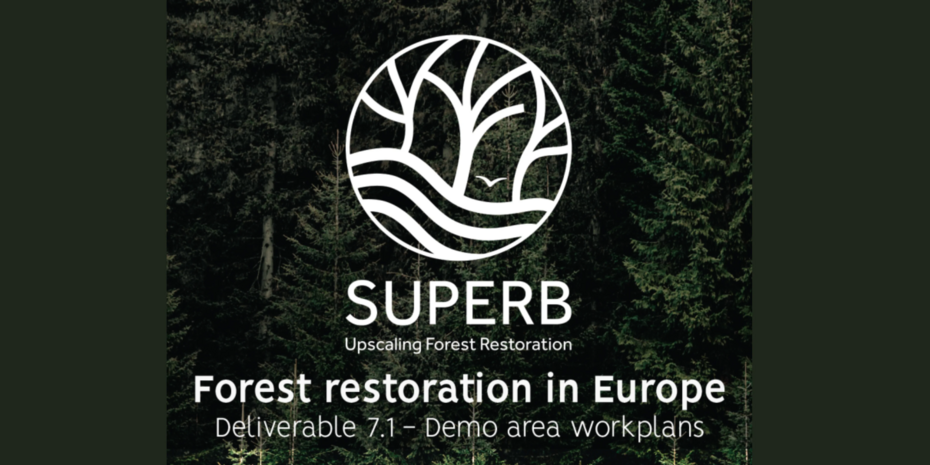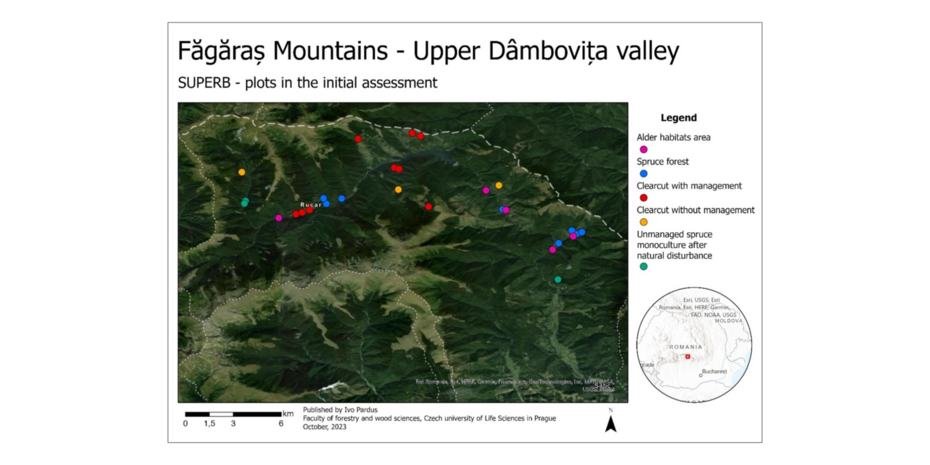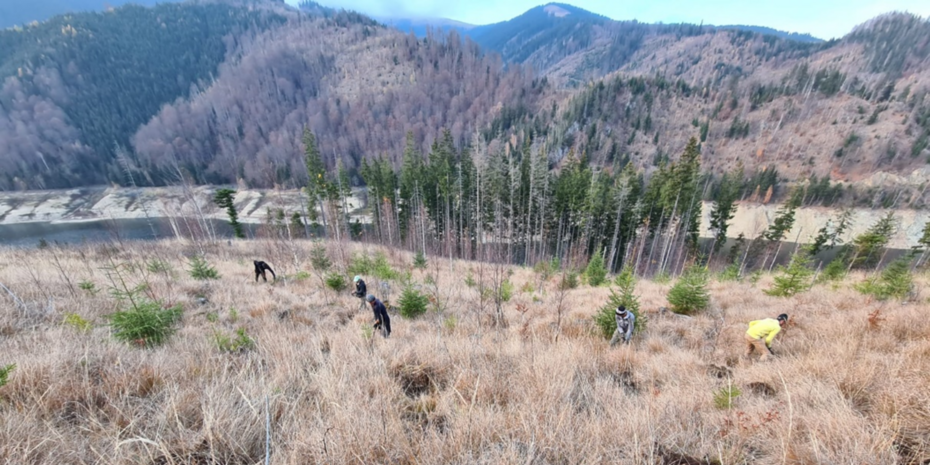
1.1 Site Assessment

Before any successful restoration can occur, it is essential for you to have a broad understanding of the current and past situation of the site. This includes management and land-cover changes, indirect degradation drivers like pollution or invasive species, and the site’s socio-economic values. These values may involve property rights, formal and informal land-use rights and traditions including those of native people. In addition, you should also consider broader societal demands on forests, which is further explained in chapter 1.5 Stakeholder and societal perception mapping.
Another critical element you need to understand is the site’s intrinsic potential, also known as 'site capability.' This refers to the site's inherent characteristics that enable it to perform specific functions, such as supporting plant growth and providing ecosystem services. Site capability varies depending on factors such as local climate, topography, hydrological conditions, underlying geology, and soil type. Most of these factors are largely fixed and cannot be easily altered by management practices, yet they are crucial in determining forest composition and recovery.
In addition to these fixed factors, the site’s history — such as previous land use, forest management activity, major events, and forest age, along with the current vegetation cover (including species presence, and whether plants are native or invasive) will define the boundary conditions for restoration. Understanding these boundary conditions will help you set realistic and achievable restoration goals. Informed decisions that align restoration objectives with the site’s capabilities represent the first step in the process. When planning restoration efforts, key questions to consider include:
- What functions can this site be expected to perform, and what can it produce?
- Which tree species are likely to thrive, and are they already present or nearby?
- What is their expected productivity?
In addition to current climate, regionalized climate change projections will also be very useful to determine the restoration potential and challenges. You can find information on the local future climate from national and international climate models and atlases (https://atlas.climate.copernicus.eu/atlas). They are also included in models and tools used to support forest restoration, which are presented in other sections, e.g. section 3.3.
Soil assessment of the site is another critical component. Mapping the soil’s potential requires a combination of tools and data sources. Soil potential can be assessed through maps showing underlying geology and soil types based on local or international classification systems. Soil maps are valuable resources for assessing soil texture (sand, silt, and clay percentages), water-holding capacity, nutrient retention, stoniness, compaction risk, acidification potential, drainage class, and internal drainage characteristics (e.g., groundwater table height during summer and winter). Comparing these soil types to relevant literature provides a useful first indication of a site’s suitability for different restoration efforts.
You can gain further insights by comparing the site with nearby forests on similar soil types, providing a more practical understanding of what can be expected. Site observations, when combined with these map-based insights, enhance the relevance of the data. Standardized methods for soil description, such as those outlined in the FAO guidelines (see FAO Guidelines for Soil Description), with instructional videos available here: Guidance on soil description and classification. In forest soils, a description of the humus layer is especially insightful, and valuable references include:
All data can be stored in a GIS environment and integrated with other geographical information, including geological, topographical, climatic, and other site-specific data. This integration can enhance the assessment process, helping you make informed decisions about restoration strategies. Mapping soil capability through GIS-based tools and ground-truthing with soil auguring (a drilling method primarily used for soil sampling and ground exploration to examine soil horizons, texture, depth, drainage, structure, and humus layer) will provide you with a comprehensive understanding of the site’s potential and limitations, ensuring that your restoration goals are aligned with the land’s capacity.
Related resources
SUPERB Practice Database
This database compiles responses from 404 restoration practitioners across Europe, analyzing ecological, social, economic, and political factors influencing restoration outcomes. Structured in 56 tables, it offers actionable insights for designing scalable and adaptive restoration strategies.
- Active Restoration
- Monitoring & Projecting
- Passive Forest Restoration
- Landowners & Practitioners
- Planners & Implementers
- Policy Actors
- Afforestation, reforestation
- Connectivity and landscape diversity
- Non-timber products
- Restoration after direct human impact
- Restoration after natural disturbances
- Soil health
- Tree species/functional diversity
- Wood and biomass production
- Continental
- Mediterranean
- Austria
- Bulgaria
- Finland
- Germany
- Ireland
- Italy
- Poland
- Romania
- Spain
- Sweden
Forest restoration in practice
Forest restoration workplans describe restoration measures and activities conducted in each SUPERB demonstration area. The workplans serve as a handbook for the demonstration area and provide a practical guide for future forest restoration efforts.
Assessment of initial situtation of restoration areas
Assessment of initial situation is a monitoring protocol that describes setup design and methodology used to assess the current state of forest before applying any restoration measures.
Assessment of initial success and restoration efforts
Assessment of initial success and restoration efforts is a monitoring protocol that includes qualitative and quantitative assessment of early stages of restoration success (1-2 years after establishment) and efforts made to achieve a successful restoration.






